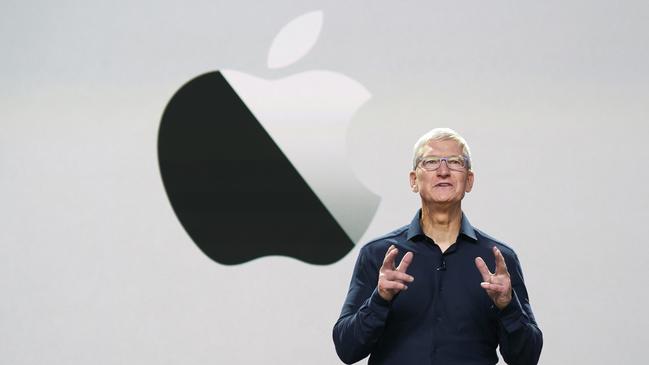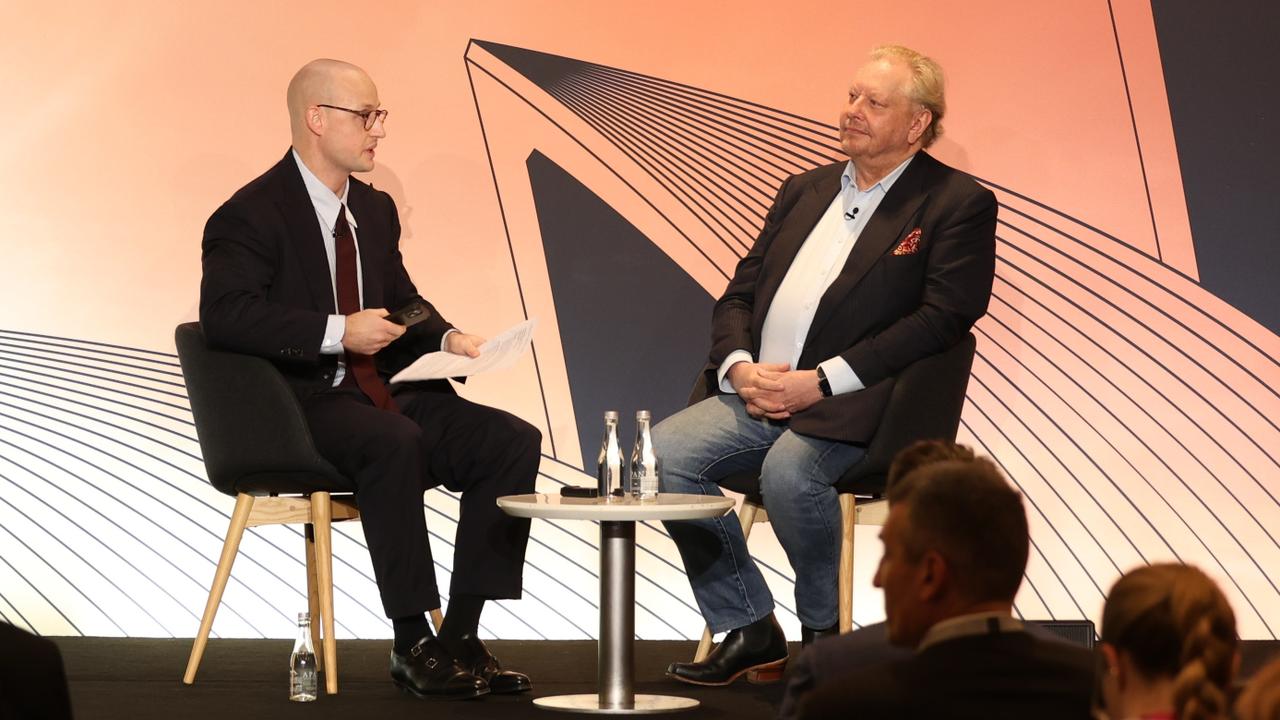Apple’s seismic shift away from Intel

In case you missed it, Apple just announced a plan to transition to its own custom-designed processors in place of Intel’s chips over the next two years, with the first new machines shipping later this year. Their key reason for the move is about delivering better energy efficiency without compromising on performance.
There’s no doubt about it, this is a big change. We think it’s one for the better for Apple’s business customers.
If you take away just one piece of good news today it should be this: Apple says these new Macs will have the ability to run iPhone and iPad apps natively. That’s a game changer in our view. Many businesses we work with today already use mobile first apps, for CRM for example, and the ability to bring the same experience to the Mac---without additional work---will open lots of opportunities for them.
But that’s not the only reason we think this is good news. The biggest one is battery life.
Apple’s current Mac laptops are already among the best on the market when it comes to battery life---and that’s with basically the same processors every other PC manufacturer has access to. With the iPhone and iPad, Apple has already demonstrated what it’s capable of when given the opportunity to design its own chips for its own devices. We have no special insight, but we think that, with the ability to vertically integrate even more of the Mac’s design, Apple will be able to produce machines with significantly better battery life in a relatively short time frame.
There’s no question, PCs in general have made substantial gains in battery life over the last ten years---the result of significant multi-year investments from the key industry players and driven in no small part by the influence of the mobile devices. These days a MacBook Air can give you up to 10 hours without a charge. But it’s clear from our conversations with customers, most of whom have knowledge workers who are highly mobile in normal, non-COVID-19 circumstances, that business users want more. These are essential tools, after all.
We’ve also seen a significant recent trend toward large corporate customers specifying energy efficiency requirements in tender documents. With environmental considerations playing a greater role in business decision making these days organisations are keen to make sure all of the devices in their infrastructure are as energy efficient as possible.
Of course, battery life is not the only consideration for business users. One of the other factors that drives PC purchase decisions in commercial environments is security and privacy. Apple is already using its own custom designed silicon to provide security features in a number of Mac models today. So we’re excited to see Apple saying it intends to bring its advanced machine learning to the Mac with its own custom-designed silicon---and do that on-device rather than in the cloud. That alone should make corporate IT departments comfortable.
But it is in the longer term that we see the biggest opportunities. Mac’s today are much more prominent in workplaces than they were 15 years ago when Apple successfully made its last processor transition. According to IDC, Macs account for around 15 per cent of PC sales in Australia today. Many of our customers have predominantly Mac fleets, others are considering expanding their Mac footprints. For all of that, Apple has been limited in the innovation it could bring to the platform by the simple fact that it was following Intel’s processor road map, not its own.
Now, 10 years after it brought the design of its iPhone and iPad chips in house, Apple has a mature process and has proven it can design chips that lead the industry. If the transition goes as we suspect, Apple will be free to choose what new capabilities it brings to the Mac---without having to share them with the rest of the industry. That certainly means better energy efficiency but we very much doubt Apple will stop there. The modern Apple has a strong track record of integrating new features into their processors in response to their customers’ needs and the opportunities they see within the market.
This is not to say there are not challenges. These are early days and we’re yet to see the detail of Apple’s hardware plans. As Microsoft painfully learned with Windows RT, the success of a transition like this lies with ‘developers, developers, developers’. The company checked two big boxes today, announcing that Microsoft and Adobe, the two most important office application developers, already have their software running on the new Mac. We think the two year time frame is the right one to allow ISVS and their business customers to prepare so that the change is a seamless one from a user’s perspective and will be recommending to their clients that they start now.
Time will tell, but we think this is an exciting move. Competition in the PC market is about to get interesting again and customers, business and consumer, will be the beneficiaries
Mark Santos is the managing director of Mac Centre, one of Australia’s largest Apple-focused technology services companies.






If you are in an IT department with a significant number of people using Apple Mac machines today you’ve probably seen the announcements overnight from the start of the company’s worldwide developer conference and are wondering, what does it mean for us?